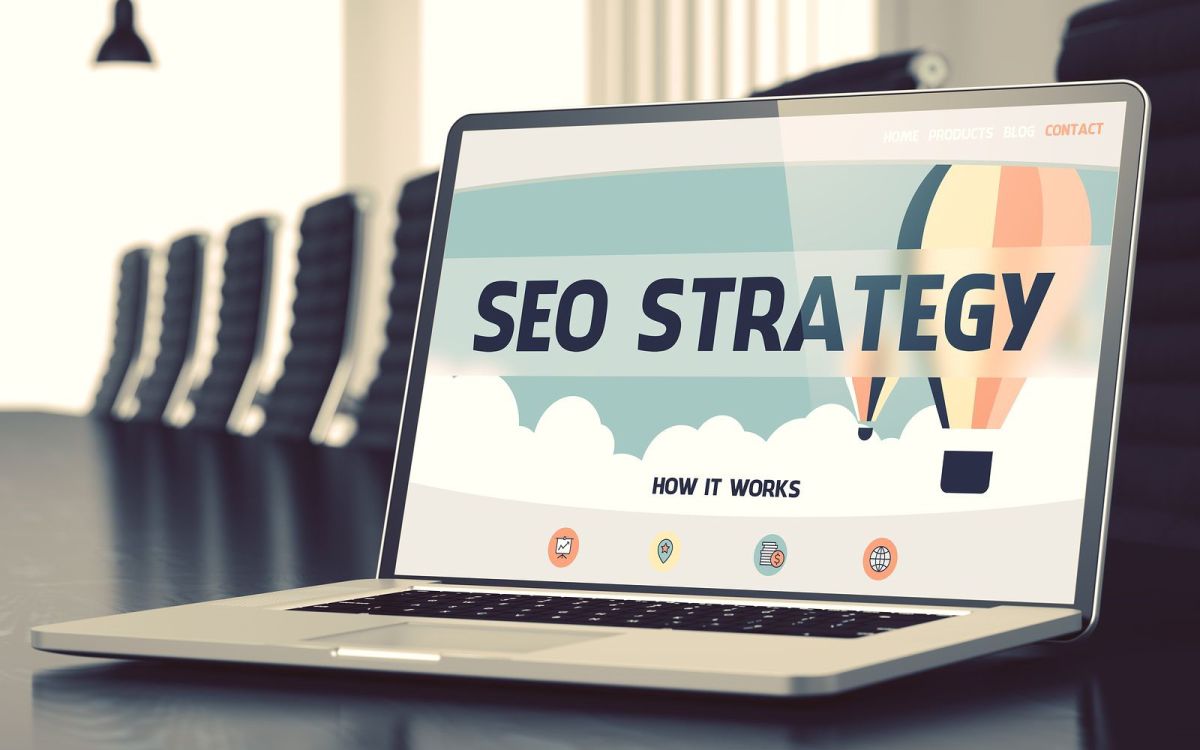
Building an SEO strategy isn’t just about keyword research. Learn why user engagement is becoming such an important metric in your search engine ranking efforts.
SEO strategy is always changing. It used to be all about including as many keywords in your content as you possibly could. But it’s evolved a great deal since then.
As Google’s artificial intelligence has improved, ranking well on search engines means more about matching people’s search intent and engaging users.
When customers find value in content, Google knows it and ranks it well. Because of this, your top priority should not be so much about perfect search engine optimization. Instead, your focus needs to be on engaging users.
This means you can’t just produce as much content as possible and a webpage for every relevant keyword. The content must be extremely strategic and relevant to the user. Readability is important and so are visuals that help users consume the content how they want.

The time that a user spends on your website matters because it’s a clear indicator to search engines about the value of your content. Search engines are always learning.
So the time your users spend on the page will tell the search engine how well your content matched that user’s query. The longer the user spends on your site before bouncing, the more valuable the content is to the customer, and therefore, to the search engine.
Webpage designers need to find a way to engage users for as long as possible or navigate them toward additional helpful information to keep them from hitting the back button on their browser to go back to search engine results.
Reviewing your website’s analytics regularly will give you insights into how well your content is performing. Look at these three key metrics to know how engaging your content is.
Now that you understand the importance of user engagement in your SEO strategy, here are three practical tips for boosting user engagement.
Inviting users to stay on your website means giving them reasons to stay. Capture website visitor attention with interactive tools.
Finding the right interactive content for your audience is important. For example, on a mortgage website, it might mean creating a mortgage calculator. On a clothing website, it might be creating a custom profile of your preferences to find the right styles for that customer.
Software tools like SEMRush offer free insights to showcase just how good their product is. So not only are they keeping users on their website, but they’re showing their value to reel in the customer.

Video content is easier for website visitors to consume. They can watch or just listen without having to stop what they’re doing to read your website content.
For complicated products and services, video is especially helpful because it provides a visual explanation of what your company does and why it matters. Webpages with videos tend to experience 2.6 times more time on page than pages without video content.
Consider how you can add video content to your website to increase your user engagement and increase your time on page.
A lead magnet is a piece of gated content that provides in-depth information about something to a user. These long-form content pieces tend to help increase user engagement while providing crucial information to customers to help them make a purchasing decision.
Focusing on conversion optimization can help you build relationships with your customers while improving your search engine optimization.
If you’re unsure of how to improve your website’s search engine optimization and conversion rates, schedule a free consultation with New Light Digital. We’ll explain how we increase user engagement as part of our SEO efforts and guide you in getting more value out of your website.